Featured
The Ford F-150 Is A Top Seller In The States But No One Cares About It In Europe. Here’s Why.

In America we do everything big, and unless you step outside of the country, it’s difficult to understand just how excessively large we are here in the states. It has come to the point where trophy wives and over privileged kids are being forced to shell out more money just to park their obese trucks and SUVs.
But such is not the case in Europe.
If you ever journey across the Atlantic and head into the nearest car rental location, you will be hard pressed to find keys to an oversized boat such as the Ford F-150. Afterall, it is quite rare to encounter an everyday car rental facility that possesses commercial vehicles. Yes, you heard that right, folks. The F-150, while existent overseas, is not even classified as a consumer-grade vehicle, and owning one is more of a hassle than anything.
For the past 37 years, the Ford F-Series has been touted as the best-selling truck in America, but there has never been mention of its success story outside of the nation, and there are a few reasons for that. Allow me to explain.
Why Don’t Europeans Drive Pickup Trucks?
Gas prices in Europe are ridiculously higher than they are here in America. If you find yourself bitching about dropping four dollars for every gallon, just keep in mind that the Europeans are paying about twice as much as we are. Topping off a dry, 36-gallon tank in a V8-equipped F-150 would easily set you back well over $100 on the other side of the pond. Plus, if you ever wanted to park the truck in what would be considered a standard parking spot over there, your chances of doing so would be slim to none.
Ridiculously oversized vehicles just aren’t Europe’s thing, so the roads and the parking spaces reflect that. The U.S. Interstate Highway System uses a generous 12-foot standard for lane width, and while the laws and road widths vary by countries, in Europe the minimum widths range between 8.2 and 10.7 feet. Have trouble staying between the lines? You might want to cancel that trip to Europe.
 With the mirrors, the Ford F-150 is about eight feet wide and a little more than six feet tall, which is roughly a foot-and-a-half larger than Europe’s best-selling car—the VW Golf—in both directions. If you ever encountered one of those 8.2-foot roads in the F-150, you would have to have Jedi-like powers to avoid crossing that center line. Getting under the clearance sign of the drive-thru at McDonald’s? Forget that shit. You’re gonna have to get off your ass and go inside if you really want that Quarter Pounder.
With the mirrors, the Ford F-150 is about eight feet wide and a little more than six feet tall, which is roughly a foot-and-a-half larger than Europe’s best-selling car—the VW Golf—in both directions. If you ever encountered one of those 8.2-foot roads in the F-150, you would have to have Jedi-like powers to avoid crossing that center line. Getting under the clearance sign of the drive-thru at McDonald’s? Forget that shit. You’re gonna have to get off your ass and go inside if you really want that Quarter Pounder.
In short, large vehicles are simply not practical overseas. Anyone who chooses to own a gas guzzler over there is nothing more than a bloody wanker mindless dumbass. With prices that equate to roughly $10 a gallon, small diesel-powered cars are king in Europe.
Thankfully, America is finally starting to take notes. Even though our gas prices are half of what overseas consumers are paying, we’re seeing a growing number of automakers offering up some attractive diesel options. Save for the Chevy Cruze Turbo Diesel, most of the efficient, torque-heavy powertrains are being loaded into the noses of our pickups, but if the popularity of the engines continues to rise as quickly as it is now, there is a good chance that we will see diesel engines on the option lists for a couple more smaller offerings.
Vehicles here in America will probably just continue to get bigger. Obnoxiously and excessively large is just how we do here. So, as pressure to increase fuel economy continues to be pushed on automakers, in order to meet efficiency regulations without sacrificing size, they may be forced to bring a diesel engine to the table.
Because God forbid that they would ever just make their unnecessarily large vehicles smaller.
Featured
Ford Continues to Please Minivan-Skeptic Soccer Moms
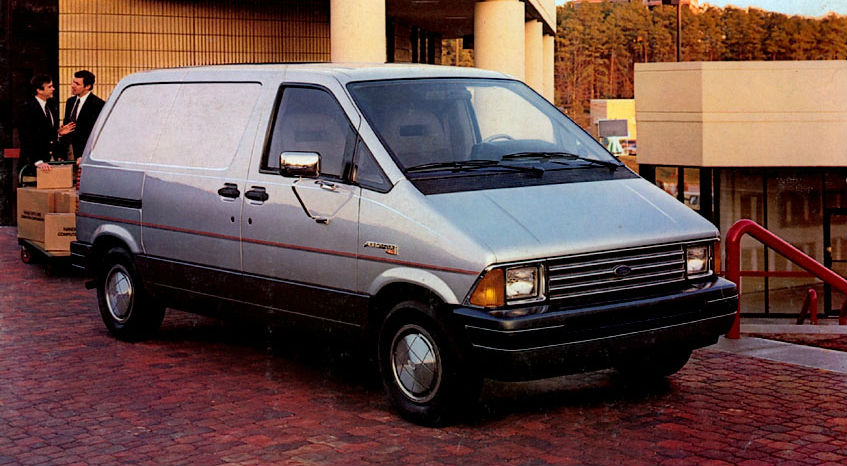
If the words Aerostar, Windstar and Freestar mean anything to you, you know that Ford is responsible for some of the best minivans ever made. Beginning with the first model Aerostar in 1986, Ford’s snub-nosed minivan set the standard of what would be created by automotive manufacturers in this class for decades.
The Aerostar was also the first minivan in the United States to feature upgraded, luxury packages. With an XLT package, and Eddie Bauer trim levels, the Ford Aerostar allowed drivers to bring passengers, cargo and more in style. For the first time, drivers could take advantage of the versatile and reliable minivan platform, without sacrificing comfort and convenience.
Does Ford Still Make a Minivan?
The Aerostar continued in the mid-90s as the Ford Windstar. The Windstar was a complete reinvention, shifting the drivetrain from RWD to FWD, and bringing the flagship minivan more in line with current minivan design. The Windstar became the Freestar in the early 2000s, lasting until the 2007 model year, with the final Ford “Star line” minivan rolling off the assembly line in December of 2006.
While we don’t know for sure what was behind Ford’s decision to discontinue their family-marketed minivan, we can take a guess. For starters, Ford has extended their reputation for reliable cars and trucks into the crossover market. With options covering a wide range of size and seating configurations (everything from the subcompact Ford Ecosport to the boxy family hauler Ford Flex), crossovers have become the new favorite for family vehicles.
Ford’s versatile crossover line has a vehicle that can meet almost any need. Do you have a small family? Go with the popular 2018 Ford Escape. Big family with lots of stuff to haul? The 2018 Ford Expedition has your back.
Although crossovers and SUVs provide some distinct advantages (presence of AWD, higher ground clearance, and uni-body construction), the market for minivans hasn’t completely died, and neither has Ford’s commitment to providing drivers with a competent and compelling option.
Good News: Ford Still Makes a Passenger Minivan
 Although Ford’s marketing has shifted toward promoting their incredible range of crossovers and SUVs as family choices, they still offer a more traditional minivan in the Ford Transit Connect Passenger Wagon. Utilizing the same body construction as the Ford Transit cargo van, the Transit Connect Passenger Wagon features up to 7 seats, and plenty of standard safety and comfort technology.
Although Ford’s marketing has shifted toward promoting their incredible range of crossovers and SUVs as family choices, they still offer a more traditional minivan in the Ford Transit Connect Passenger Wagon. Utilizing the same body construction as the Ford Transit cargo van, the Transit Connect Passenger Wagon features up to 7 seats, and plenty of standard safety and comfort technology.
Lower ride height (easier in and out), sliding doors and greater visibility are among the reasons people still prefer vans for transporting their families. Additionally, the more contoured shape of most crossovers (not looking at you, Ford Flex) means that vans provide better cargo room! Family of four traveling cross-state with three suitcases? A Ford Explorer should be a great option.
Family of six, with a dog and 10 bags going cross-country, however, and the Ford Transit Connect Passenger Wagon starts to look a lot more up to the job.
Ford has a sterling reputation across the spectrum of vehicles they manufacture. Although the Transit Connect Passenger Wagon isn’t among their more well-known, it’s among the most competent and best value options in the minivan class.
Featured
I Wasn’t Always a Dale Jr Fan – But Now I Get It

It was the crowning moment of the career of Nascar’s most popular driver. The 2004 Daytona 500. The chosen son, Dale Earnhardt Jr, had won the race that his father tragically died competing in only three years earlier.
Reports of the day say that everyone in the crowd was on their feet, cheering. Grown men were in tears. It was quite the moment, they say.
Well, I can tell you that there was at least one person that wasn’t cheering. That’s because I was that lone defector. (more…)
Featured
The Essence Of 90’s Chevy Truck Commercials

If you ever watched television for more than an hour at any time during the 90’s, you probably remember Chevy’s “Like a Rock” commercials. They aired on just about every channel, so they were pretty hard to miss—and pretty hard to forget as well. Even two decades later the sound of Bob Seger belting out those now-famous words is still shockingly memorable. (more…)
-
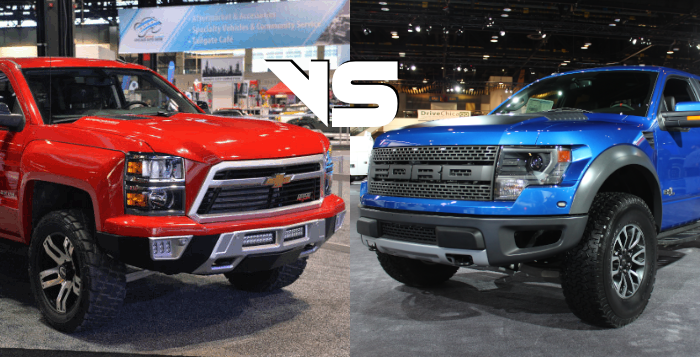
 Comparisons10 years ago
Comparisons10 years agoFord Raptor Has No Reason To Fear The Reaper
-
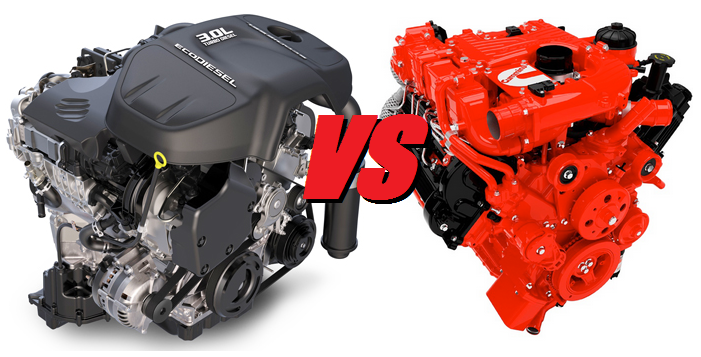
 Comparisons10 years ago
Comparisons10 years agoNissan Titan Diesel Gets Ram 1500 EcoDiesel’s Sloppy Seconds
-
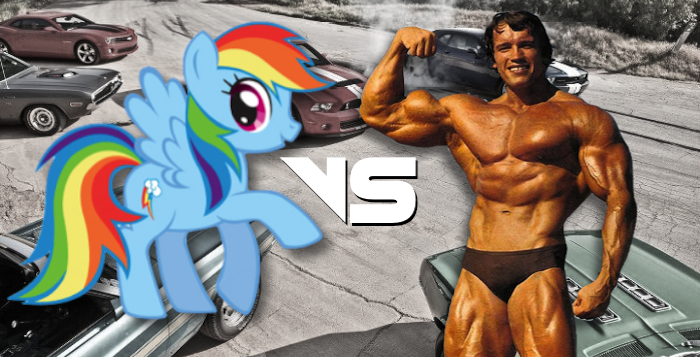
 Comparisons10 years ago
Comparisons10 years agoSettling The Debate: Pony Cars vs. Muscle Cars
-
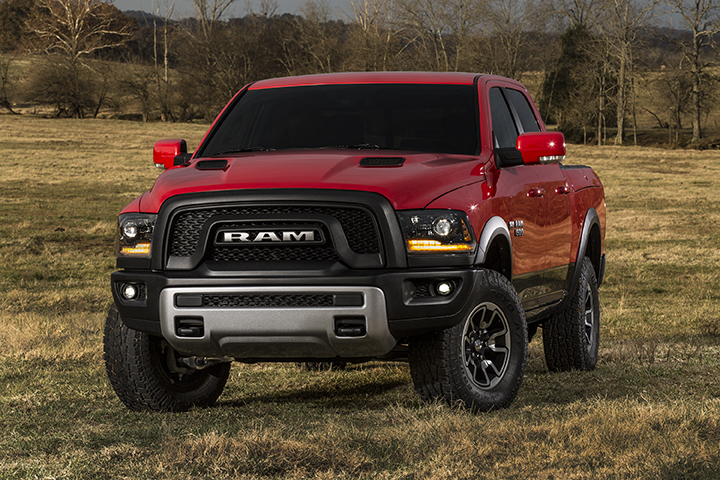
 New Cars9 years ago
New Cars9 years agoThe Ram Rebel Is Coming – But Is It Raptor Competition?
-
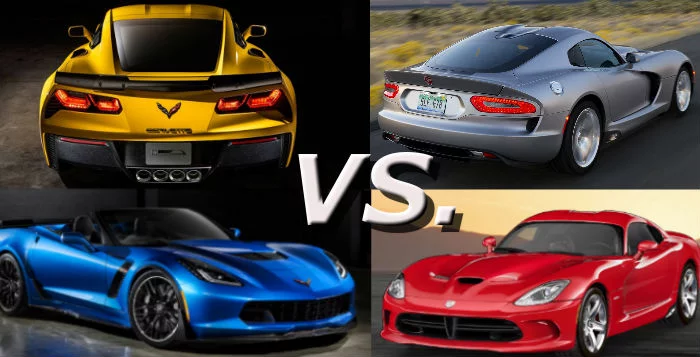
 Comparisons9 years ago
Comparisons9 years agoDid The 2015 Corvette Defeat The Viper In The Battle For Supercar Supremacy?
-
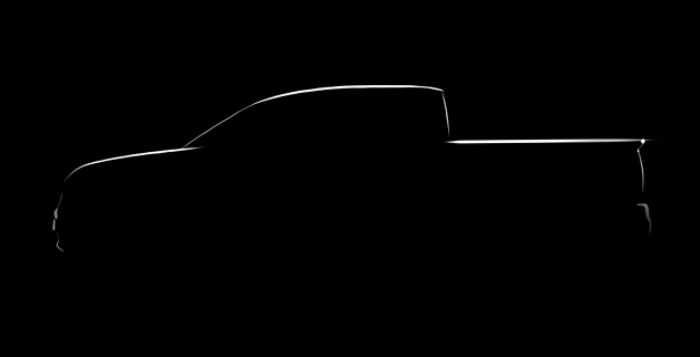
 New Cars9 years ago
New Cars9 years ago2016 Honda Ridgeline Will Need More Than Design Tweaks To Succeed
-
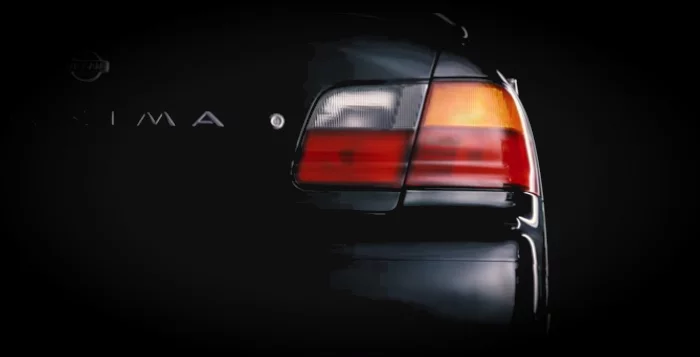
 Hot News9 years ago
Hot News9 years agoNissan Unveils Overhauled Maxima in Genius “Luxury Restored” Sequel
-
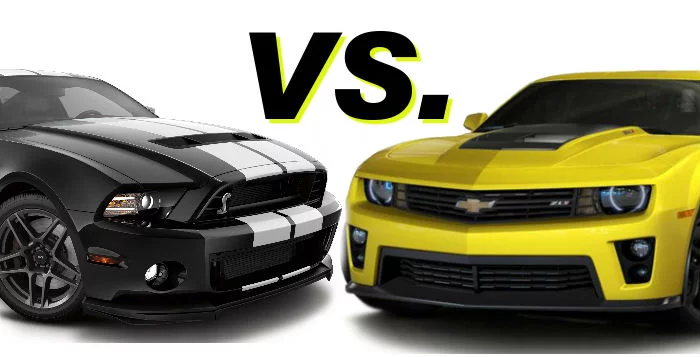
 Comparisons9 years ago
Comparisons9 years ago2016 Ford vs Chevy Battle Could Be The Best Yet


ferz
Dec 9, 2016 at 4:19 pm
besides, I rather spend money on a fine car like BMW or Porsche, pickups look terrible, the name PICKUP explains everything, they’re designed to carry tools and hardware, there is no surprise why Ford is the best seller, they manufacture terrible looking cars, and americans loves them for that
Anonymous
Apr 9, 2019 at 10:35 pm
What do they tow there shit with? Just have small boats and whatnot too?
Grant
Nov 23, 2021 at 9:32 pm
Probably spend $40 a year renting trucks. Instead of an extra $40 every fillup for those few times they need a truck
Me
Sep 7, 2019 at 2:58 pm
People do drive pickup trucks in Europe, they just aren’t as common. The small road argument is nonsense. There are buses and commercial trucks that fit onto the roads just fine, so the size of an F-150 is not an issue. The official dealerships just don’t sell them here. The biggest Ford pickup truck you can buy at a Ford dealership is the Ranger, but you can buy pretty much any truck from specialised dealers.
When I look up GMC Sierra here:
https://www.autoscout24.com/?genlnk=navi&genlnkorigin=de-all-all-home
I found most of them in France, the Netherlands and Germany. I live in the Czech Republic and I see pickup trucks on the road every day. Even lifted trucks aren’t that rare.
Andrew
Oct 24, 2021 at 5:44 pm
I would drive truck, just we don’t have them here. All we have are mini parodies or turbo expensive US imports twice the price than overseas.